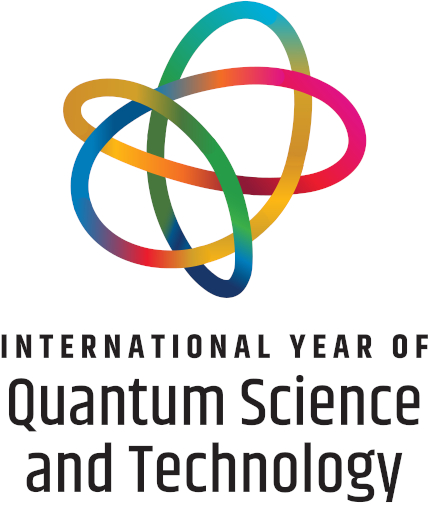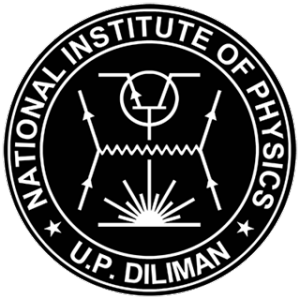Infrared nonlinear spectroscopy on hydrogen-bonding liquids and complexes
Abstract
Hydrogen bonds play an important role in determining three-dimensional chemical structures and reactivity of many chemical and biological systems. Especially, reactivity of the hydrogen-bonded complexes is considered to be influenced by strength of the hydrogen bond and fluctuation of structures formed by hydrogen-bond. Intermolecular hydrogen bonds of these complexes have much effect on dynamics of the vibrational modes associated with HB. In this work we have studied effect of hydrogen bond on vibrational energy relaxation and vibrational frequency fluctuation by IR nonlinear spectroscopy.
Recently third-order nonlinear infrared (IR) spectroscopy has shown to be useful to investigate solute-solvent interaction and dynamics of the vibrational transition. These studies provide detailed information on the time scale and the magnitude of the time correlation functions (TCF) of the vibrational frequency fluctuations that cannot be determined precisely by analysis of the linear absorption spectrum. Three pulse photon echo measurements were performed to obtain showed the TCF of the frequency fluctuations of the ions. We found that the TCF decays bi-exponentially with time constants of several tens of femtoseconds and a few picoseconds. The results show that the time scale of the TCF depends only on the solvent and independent of the solute, whereas the coupling strength of the solute-solvent interaction is dependent on both the solvent and solute. We have also found difference of the time scale of the TCF between H2O and D2O as a solvent and this isotope effect is smaller than that obtained for the fluctuations of the energy level of the electronic state.
We also discuss solvent effects on the vibrational population relaxation rate of the OH stretching mode of phenol and benzoic acid (BA) with solvent molecules such as acetonitrile or acetone. We found that the stronger the hydrogen bond is, the faster the decay is. In non-hydrogen bonding solvents, BA molecules form dimer, and the IR pump-probe signals showed a double exponential decay. We assigned the fast and slow components to the population relaxation of the excited vibrational state and the cooling process in the local environment heated by the vibrational excitation. Furthermore, we observed a quantum beat in the signal. A spectrum obtained by Fourier transforming the beat shows a band at 100 cm-1, and the same band was observed in all these solutions. The quantum beat is due to coupling of the OH stretching mode and intermolecular vibrations of BA dimer similarly to the case of acetic acid dimer.
Downloads
Issue
Taking physics to the summit
22-24 October 2008, University of the Philippines Baguio, Baguio City











